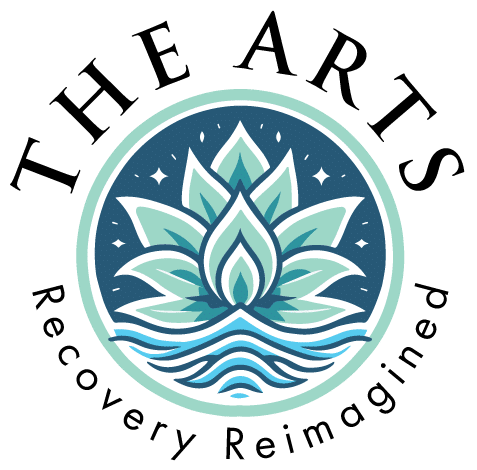In the realm of behavior and well-being, few things are as complex and debated as addiction. Addiction is, at its core, a tangled web of psychological and social factors that cannot be easily explained.
Addiction is often described as a pattern of substance use or behaviors despite negative consequences affecting every aspect of a person’s life beyond just physical reliance. However, beneath this intricate concept lies a discussion that has intrigued scientists, therapists, and thinkers: the interplay between genetics and environment in shaping addiction tendencies. Do genetic factors have a hand in determining addiction predispositions, or do environmental influences hold sway?
Understanding Addiction: Genetic Predisposition
When it comes to understanding addiction from a genetic perspective, we delve into how our genetic makeup plays a role in making some individuals more prone to addictive behaviors. These genetic predispositions can impact all aspects of addiction, from changing brain chemistry to shaping personality traits linked to addictive behaviors.
Studies involving twins and families have been crucial in showing the basis of addiction. They consistently demonstrate a rate of addiction similarity among identical twins compared to fraternal twins, indicating a significant genetic influence. These findings emphasize how genetics can predispose people to addiction tendencies.
Advancements in technology and genome-wide association studies (GWAS) have helped shed light on the genetic roots of addiction. By analyzing the genome for variations associated with addiction, GWAS has pinpointed numerous genetic locations involved in susceptibility to addiction. This comprehensive approach has strengthened the evidence supporting the impact of genetics on addiction and has provided insights into specific genes and biological pathways at play.
Specific genes associated with addiction, like those related to dopamine and opioid receptors, showcase the interplay between genetics and addictive behaviors. Dopamine, a neurotransmitter for our brain’s reward system, holds significance in addiction research because of its role in triggering pleasurable feelings.
Dopamine receptor and transporter genes have been extensively researched, showing that variations in these genes can impact how individuals process rewards and their susceptibility to addiction. Similarly, differences in opioid receptor genes, which are essential for the effects of opioid drugs, have been linked to varying levels of sensitivity and response to opioids, influencing addiction risk.
Although studying addiction from a genetics perspective offers insights, it’s crucial to acknowledge its limitations. Focusing solely on genetics runs the risk of oversimplifying the mix of psychological and social factors that contribute to addictive behaviors. Additionally, attributing addiction entirely to genetic factors overlooks the influence of surroundings and personal experiences on shaping addictive behaviors. Addiction isn’t solely dictated by genetics; it’s an interplay between genetic predispositions and environmental elements. Therefore, taking an approach that considers both these influences is essential for understanding and effectively addressing addiction.
Environmental Factors vs. Genetic Components in Addiction
Addiction is a result of a mix of factors and environmental influences. While genetics may contribute to around 40-60% of an individual’s chances of developing addiction, the impact of environmental elements cannot be overlooked. Stressful life events like trauma, abuse, and exposure to substances all play roles in shaping addictive behaviors. Social surroundings, such as peer pressure and family dynamics, also have an effect on an individual’s inclination toward substance use. Having access to drugs and having a limited support system further heighten the risk.
Unlike genetic predispositions that are somewhat fixed, environmental influences can be altered through targeted efforts such as education initiatives, community support programs, and policy adjustments. Therefore while genetics set the groundwork for vulnerability, it is often the environmental factors that trigger and advance the onset of addiction.
ARTS IOP Offers Outpatient Addiction Treatment
ARTS IOP acknowledges the interaction between genetic factors and environmental contexts, recognizing the importance of gene-environment interactions and developmental pathways in addiction. Our adoption of the biopsychosocial model of addiction emphasizes the incorporation of biological, psychological, and social factors into our treatment strategies, highlighting the need for personalized approaches that address the unique needs of each individual.
The dedication of ARTS IOP to providing individualized and comprehensive care reflects our commitment to supporting individuals on their journey toward recovery. Our drug rehab in Canoga Park works to combat the environmental factors that are preventable, while catering to the genetic factors that are unavoidable. We use this all-encompassing approach throughout the several levels of outpatient rehab programs we offer, including partial hospitalization programs and intensive outpatient programs.
Contact our San Fernando Valley treatment center for help and support today.





